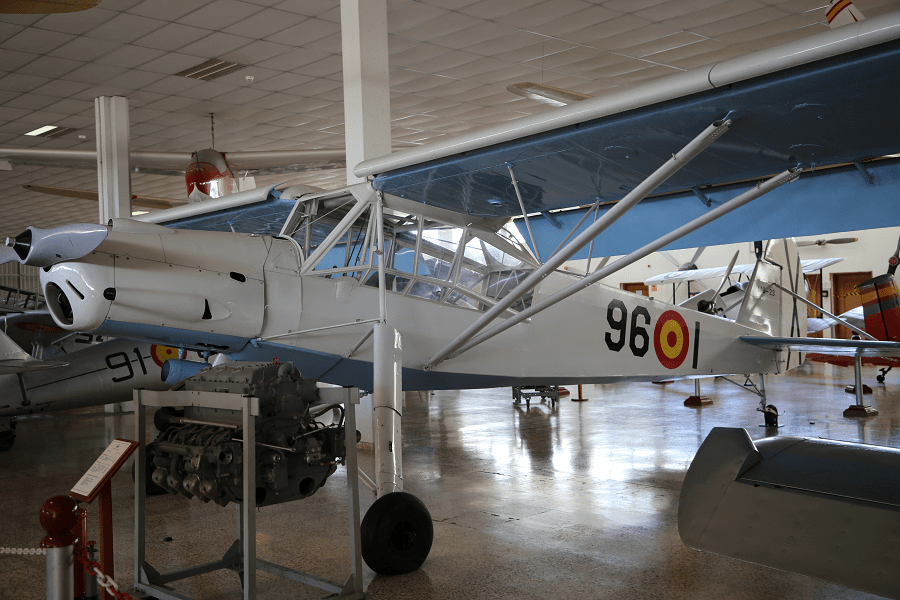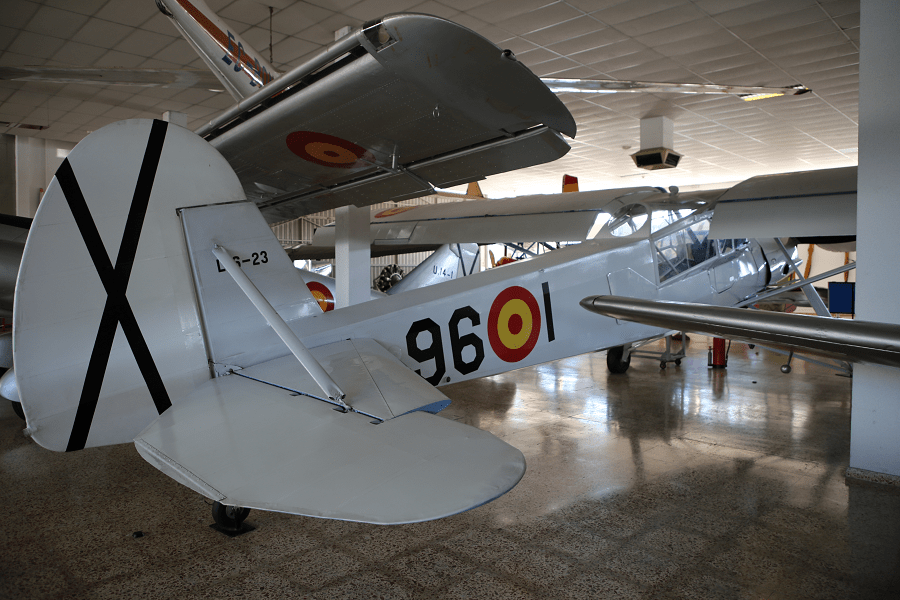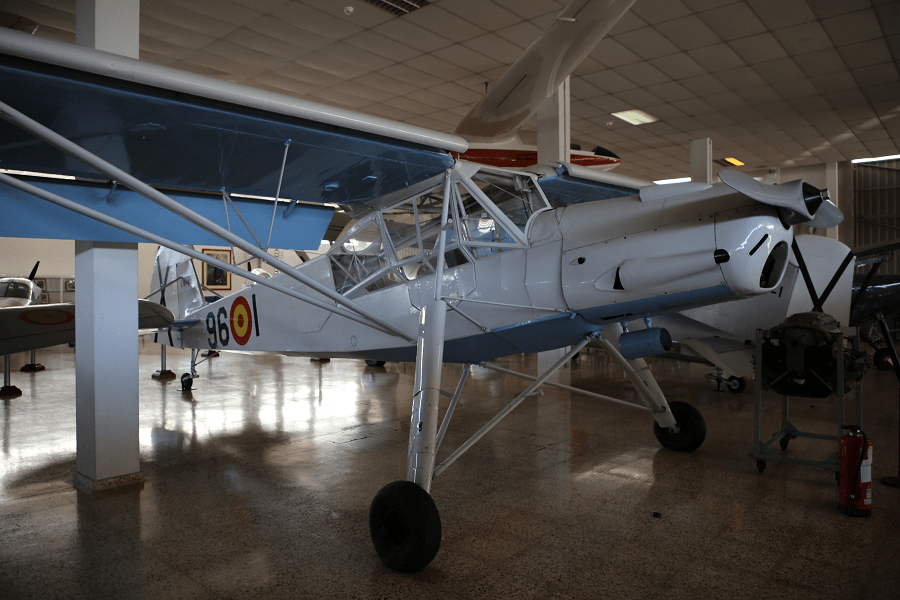The Fieseler Fi 156 Storch (English: Stork) was a small German liaison aircraft built by Fieseler before and during World War II. Production continued in other countries into the 1950s for the private market. It was notable for its excellent STOL performance and low stall speed of 50 km/h (31 mph). French-built later variants often appear at air shows.
First flight: 24 May 1936
Introduction: 1937
Retired: 1945
Primary users: Luftwaffe, French Army, French Air Force
Produced: 1937–1949 (1965 for the MS 500)
Number built: Over 2,900
The Gerhard Fieseler Werke (GFW) in Kassel was a German aircraft manufacturer of the 1930s and 1940s. The company is remembered mostly for its military aircraft built for the Luftwaffe during the Second World War.
The firm was founded on April 1, 1930 as Fieseler Flugzeugbau Kassel by World War I flying ace and aerobatic champion Gerhard Fieseler. Fieseler had been a manager for the Raab-Katzenstein, but when this company went bankrupt, Fieseler bought a sailplane factory in Kassel and quickly turned it to building sports planes. At the same time, Fieseler still custom-built sailplanes for some of Germany’s most prominent designers and pilots, including Wolf Hirth’s “Musterle” and Robert Kronfeld’s “Wien” and “Austria” (for many years the largest sailplane ever built).
In 1934, the company achieved prominence when Fieseler won the World Aerobatics Championship in an aircraft his company had built, the F2 Tiger. This was followed by the highly successful F5, generally regarded as a classic among sports planes. Even greater success was to follow in 1936 when an aircraft of Fieseler’s own design won a tender over aircraft from both Messerschmitt and Siebel for a new STOL observation and liaison aircraft for the Luftwaffe. It was designated the Fieseler Fi 156 Storch (Stork), and the company would produce over 3,000 during World War II. In 1937 Fieseler also produced the Fieseler Fi 253.
On April 1, 1939 the company name changed to the Gerhard Fieseler Werke GmbH.
Fieseler’s other wartime production would largely consist of building other firms’ aircraft under licence, including the Messerschmitt Bf 109 and Focke-Wulf Fw 190. In 1941 however, a Fieseler project for an unpiloted flying bomb (Fi 103) attracted the attention of the RLM (Reichsluftfahrtministerium – “Reich Aviation Ministry”). This went into production as the Fieseler FZG-76 (flakzielgerät, antiaircraft targeting device), better known as the V-1.













